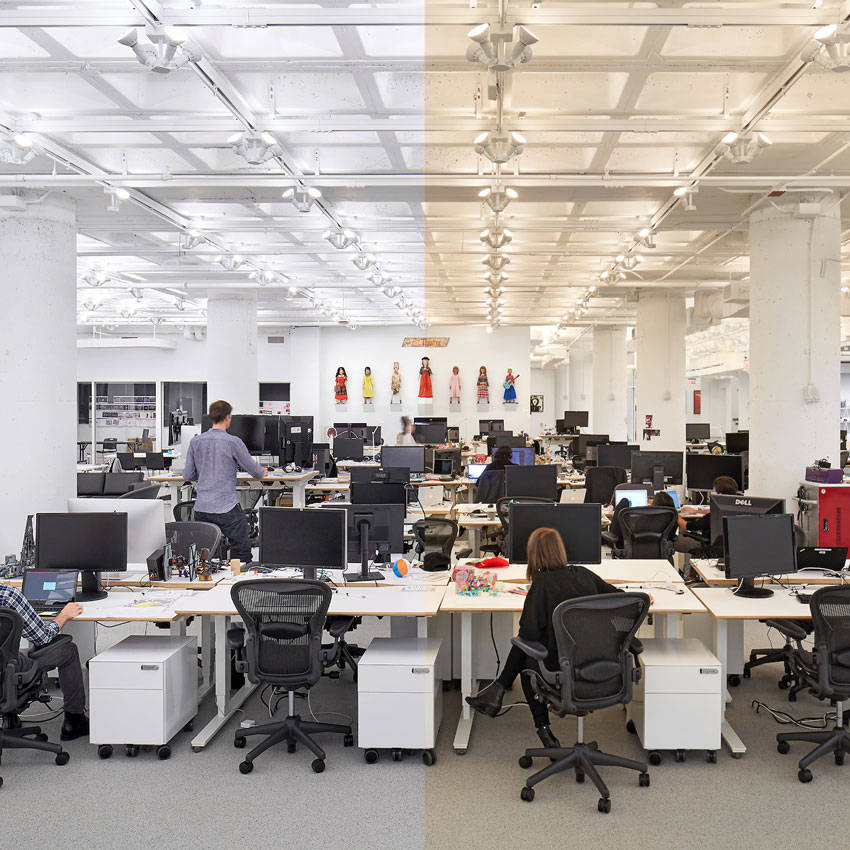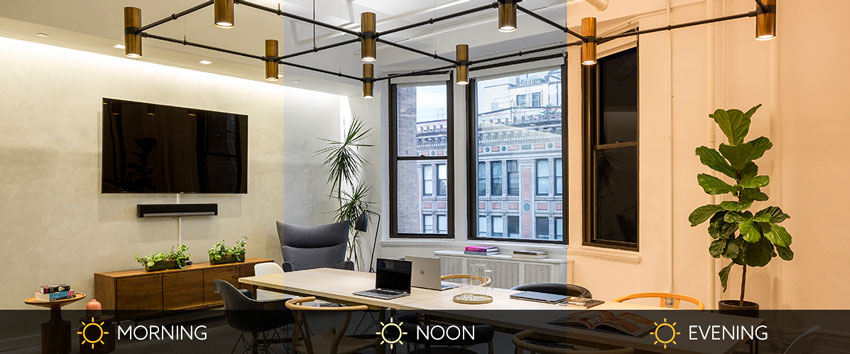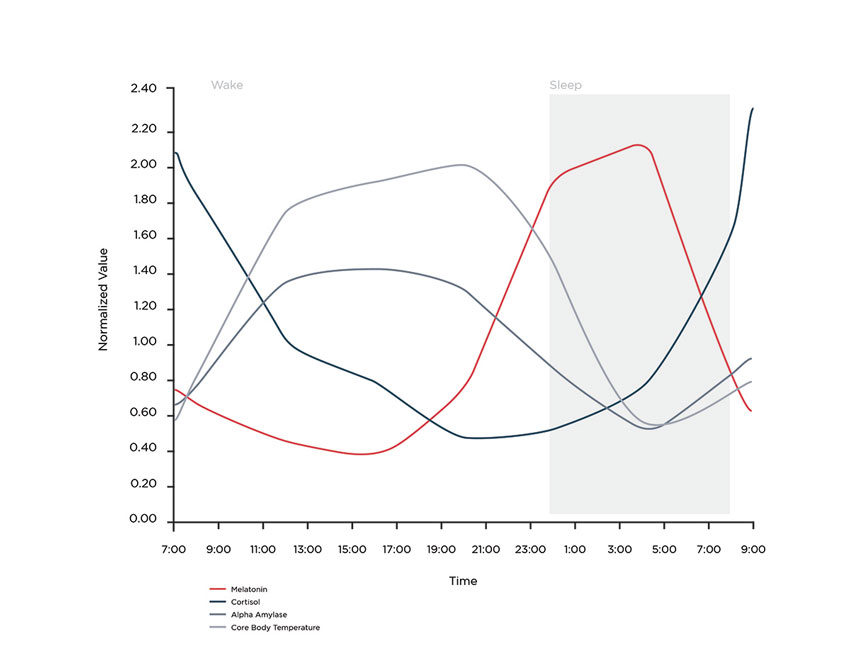Circadian Lighting in the Built Environment
Learning Objectives:
- Recognize the significance of circadian rhythms on human health as documented by numerous scientific studies.
- Identify the ways that lighting patterns influence circadian rhythms in people whether in outdoor or indoor conditions.
- Assess the ways that indoor lighting can contribute to the health and wellbeing of people in green and sustainable buildings to overcome potential detrimental effects on health.
- Specify advanced lighting and control systems that can be controlled to mimic the natural pattern of daylight and reinforce circadian rhythms and consequently human health.
Credits:
This course is approved as a Structured Course
This course can be self-reported to the AANB, as per their CE Guidelines
Approved for structured learning
Approved for Core Learning
This course can be self-reported to the NLAA
Course may qualify for Learning Hours with NWTAA
Course eligible for OAA Learning Hours
This course is approved as a core course
People are generally aware of the natural daily cycle of sunrise, morning, mid-day, afternoon, sunset, and night. However, we aren’t all necessarily aware of the ways our bodies are innately wired to respond to that daily rhythm. Scientists have begun to identify the intricate and intimate connection our bodies have with this daily cycle, which is referred to as our circadian rhythm, or body clock. Circadian rhythm, derived from the Latin term “circa diem,’’ literally means “approximately one day’’ and is set at slightly over 24 hours. The general consensus is that this rhythm is much more important for human health than may have been previously thought. It has been found to heavily influence sleep as well as most biological processes, including hormone production, metabolism, core body temperature variations, and cell regeneration, among others. In response to the numerous scientific findings that back this up, there are new lighting system products that can help us reinforce circadian rhythms using electric lighting. Referred to as dynamic lighting, these systems use digital controllers paired with carefully selected light fixtures to adjust and control the intensity, brightness, and color of electric lighting across the day with the intent of mimicking the natural changes in sunlight from dawn to dusk. In so doing, they are providing a means for architects and other design professionals to create spaces for living, working, and playing that reinforce our natural circadian rhythms, which in turn promotes better health and well-being for the building occupants.

Photo courtesy of Ketra/John Muggenborg
Project: Global Ad Agency Headquarters
Location: New York City
Architect: Foster & Partners
Lighting Design: Tillotson Design Associates
An advanced, dynamic lighting and controls system can be implemented throughout a workplace to emit high-quality light that is crisp and bright during the day, and soft and warm in the evening. This helps ensure employees are always getting the right light at the right time of day to support their natural circadian rhythms.
What Are Circadian Rhythms?
Circadian rhythms act like an internal metronome that ticks steadily along and tells our bodies when to adjust proteins and hormones that trigger waking and sleeping and influence many physiological processes. Although circadian rhythms are an endogenous (built-in, self-sustained) process of about 25 hours, they are adjusted to the local 24-hour environment by external cues, the most important of which is light and dark. This has been observed for some time but not fully understood until recently.

Image courtesy of Ketra/Magda Biernat
Project: Startup Office
Location:New York City
Architect: A+I
Lighting Design: Lighting Workshop
This New York City startup has a state-of-the-art lighting and controls system that uses an astronomical clock to seamlessly shift light throughout the day, simultaneously emitting the right light at the right time while supporting employees’ circadian rhythms.
Latest Research
In October 2017, three American scientists—Jeffrey C. Hall, Michael Rosbash, and Michael W. Young—won the 2017 Nobel Prize in physiology/medicine for their discoveries about the mechanisms that control an organism’s circadian responses to light and dark. According to the New York Times coverage of the event, the Nobel Prize committee said, “The scientists elucidated how a life-form’s ‘inner clock’ can fluctuate to optimize our behavior and physiology. Their discoveries explain how plants, animals and humans adapt their biological rhythm so that it is synchronized with the earth’s revolutions.”
In their work, the scientists were able to isolate a gene that responds to night and day conditions by accumulating or losing certain proteins. This discovery separates the circadian rhythm from past neuroscience studies that speculated that our brain was responsible for these rhythms. Instead, these new findings indicate that every cell in our bodies is wired to respond to the circadian pattern by virtue of the protein-regulated gene. They further found that misalignments in our internal rhythm can play a role in medical conditions and disorders since body temperature and blood pressure, among other things, rise and fall based on our circadian rhythm. It can also explain why people who travel across time zones experience “jet lag” as their body resets its internal clock to respond to the new pattern of light and dark. Through this work and others, circadian rhythms in people have thus been shown to be a fundamental and significant part of a healthy human existence.
Research by these noteworthy scientists and others point to a key factor in the circadian process that is found in the hormone melatonin. Research and testing has revealed that melatonin is normally produced by the body every evening and through the night but drops off notably toward morning. Its presence helps to activate and maintain sleep as well as alert a variety of biological processes to the approximate hour of the day. Light plays a direct role in signaling to the body when to secrete and suppress melatonin. This process entrains our 25-hour body clock to align with the 24-hour movement of the day. By contrast, in almost a directly opposing pattern, cortisol levels are highest during the early morning, then drop off notably during the evening and night, and raise sharply in the period for waking. Morning light has been found to be a key factor in stimulating the cortisol awakening response. Based on these observations, maintaining a constant internal biological circadian clock is seen as a critical component of getting adequate sleep and ultimately staying healthy.

Image courtesy of Ketra
This graph shows the light-induced circadian rhythm that causes melatonin and cortisol levels to rise and fall during the day and night and establish our “body clock,” which regulates many physiological functions including body temperature, also shown.
Recognizing a normal circadian pattern leads to understanding the effect that an abnormal pattern can have. For example, delaying dim light exposure and the resulting melatonin onset, acts to advance the circadian clock, making it more difficult to fall asleep at night and wake up the next morning. Similarly, the amount and duration of light exposure with high concentrations of blue coloring during the day can also alter circadian patterns. All of this is significant since circadian disruption has been associated with a number of anomalies, as we will look at next.

















